We’ve got so much information about chocolate, it can be hard to know where to begin. So we’re making that easier for you, and telling you to start right here! This is the ultimate list of chocolate resources from Orson Gygi. The best way to understand which chocolate to buy, is to know how chocolate begins: as a small bean. Everything after that affects how it will be used. There are many different flavors of chocolate: Milk, Dark, White, Semisweet, Bitter, Liquor. The varieties of shapes can make your head spin: wafers, chips, blocks, coating…. Knowing which flavor you like best can help you determine where to start. Then knowing your purpose can help you make sure you buy the right chocolate for your needs. Compound Chocolate: Compound chocolate substitutes the two main ingredients found in real chocolate. Instead of chocolate liquor, it has cocoa powder, and replaces cocoa butter with an oil. This means, for candy making, this chocolate can be melted down and dipped and will set up fine. It tastes a little different. Most people can’t tell the difference in flavor. When tasted next to a couverture chocolate, then the difference can more easily be seen. We recommend compound chocolate for applications where the chocolate is not the “star†of the recipe, but an accent flavor. Here’s a list of examples: caramel apples, pretzel rods, dipped fruit: strawberries, raspberries, grapes, chocolate bark. Compound Chocolate: White, Milk, Dark, Colored/Flavored Couverture Chocolate: (Real Chocolate) Real chocolate has cocoa butter and chocolate liquor as main ingredients. This means that it requires more attention and preparation when being melted down. Unlike the compound coating, it cannot just be melted down. It has to be tempered. If it’s not, then the chocolate will bloom, or may not set properly- leaving it cloudy, soft to the touch and melts easily. When it is tempered correctly, it sets up with a glossy shine, has a snap and melts in your mouth. Couverture Chocolate: White, Milk, Dark, Colored/Flavored We like to say: Use compound chocolate for less stress. Use couverture chocolate to impress. Every brand has a specific flavor profile, and every chocolate has a different viscosity. Getting to know your chocolate is the first step in buying the right kind. We have staff ready to help you sample all the chocolate until you find the right flavor that speaks to you! Or you can read about each type of chocolate in the “more info†section on the product listing for each item on the website. What about chocolate fountains? Read this post to learn more. Want to know why chocolate chips are really only good for cookies and baking?? We tell the truth in this post. All types of chocolate end up being melted the exact same way. In the microwave! Read this post to learn exactly how to successfully melt it every time. When using couverture chocolate, a simple process, called tempering, is required to allow the chocolate to set, harden, and shine in the best way possible. There are three different methods for tempering your chocolate. Seed Method Mush Method Tempering with Mycryo Using a chocolate mold is a really impressive way to share your chocolatier skills. We sell hundreds of mold in our store, and they are all really easy to use. Learn how to fill a chocolate mold. Once you’ve succeeded with those, learn how to use a chocolate mold with a soft, creamy center. Coloring your chocolate is actually simple and straightforward, but it does require a specific type of food coloring to do so successfully. Read this post to make sure you’re using the right type of coloring. Adding a little flavoring to your chocolate is a fun way to diversify your recipe and really to make chocolate fit into your menu for every single meal. Learn more about flavoring chocolate with pure oils in this blog post. We feel totally confident suggesting one specific kind of chocolate when adding it to your baked goods: Couverture, every singe time. Read here to learn why. Chocolate can be finicky. It likes to be treated kindly. Read more about how to store your chocolate to help prolong its delicious flavor. Whether you’re new to chocolate, or you’ve been making chocolates for years, you know it can be such a therapeutic activity to dip, drizzle, mold and eat your chocolates. But have you even ended your chocolate session with less than perfect results? Cloudy finish, white spots, chunky chocolate. You melt. You dip. You wait! And as the chocolate starts to set up, streaks and spots of white appear on the surface. Plus, the surface is soft and chalky – not smooth and shiny! What has happened??? Don’t stress. There is a solution, read about it here. Okay. You’re melting your chocolate over a double boiler. You chocolate is nearly melted, so you remove the bowl of chocolate and a burst of steam surrounds your bowl. When you begin to stir again, the chocolate is clumpy and grainy, changing the texture completely. What happened?? Read this post to learn what may have gone wrong and what you can do to avoid it next time. The smell is unmistakable. You’re melting your chocolate. One second it is fine. And the next, it is not!! It becomes grainy and your nose fills with a toasty cocoa smell. What happened?? Read up on what you can do to make sure this dreaded burned bowl of chocolate never happens again. Come, visit us in the store. We’ll “hold your hand†and help you get the perfect chocolate for your life! And if you can’t come into the store, please call or email us and we can answer all your questions. What does it mean when chocolate seizes? When chocolate seizes it turns cement-like really quickly when any type of moisture is added. This is why you need to be cautious when melting chocolate with a double boiler. The steam from the double boiler can cause the chocolate to seize. When it has seized, you can no longer use if for dipping or melting. You can bake with it, but that’s about it. . . . . . . . . . . . . . . . . . . . . . . . . . . . . . . . . . . . . . . . . . . . . . . . . . . . . . . . . . . . . . . What is chocolate bloom? Chocolate bloom is the white substance that is seen on chocolate. It is caused from drastic changes in temperature or from not being stored properly. It does not affect the taste of chocolate, but isn’t very pretty. It’s the cocoa butter (or oils) in the chocolate making their way to the surface. If you are melting your bloomed chocolate down, it will all mix back in place and will be fine for dipping or molding. . . . . . . . . . . . . . . . . . . . . . . . . . . . . . . . . . . . . . . . . . . . . . . . . . . . . . . . . . . . . . . Does bloom affect the taste of chocolate? No, bloom doesn’t affect the taste of chocolate, and it does not mean your chocolate has gone bad. You can still eat it. When you melt it down, it will mix back into the chocolate and will go away. . . . . . . . . . . . . . . . . . . . . . . . . . . . . . . . . . . . . . . . . . . . . . . . . . . . . . . . . . . . . . . Can chocolate chips be melted down for dipping? Yes they can, but we don’t recommend it. Chocolate chips have been formulated to hold their shape in high heat. (Like when you back cookies at 350 degrees F–they still hold their shape). Because of this, a lot of people tend to burn the chocolate because they don’t LOOK melted. If you choose to use these for dipping, we recommend using the 20 second rule. But again, chips are for baking. There’s chocolate that has been made specifically for dipping. . . . . . . . . . . . . . . . . . . . . . . . . . . . . . . . . . . . . . . . . . . . . . . . . . . . . . . . . . . . . . . What is the best way to store chocolate? Store it in an air-tight container away from strong odors. Chocolate is like a sponge, and tends to absorb odors. . . . . . . . . . . . . . . . . . . . . . . . . . . . . . . . . . . . . . . . . . . . . . . . . . . . . . . . . . . . . . . What does room temperature have to do with chocolate? If you haven’t already picked up on it, chocolate is fickle. If you want your chocolate to set up just right, then be sure that your room temperature is between 60-65 degrees F. Watch the humidity as well. . . . . . . . . . . . . . . . . . . . . . . . . . . . . . . . . . . . . . . . . . . . . . . . . . . . . . . . . . . . . . . Do you have any tips on using chocolate molds? We do have a few tips. Read the post below to find out more: . . . . . . . . . . . . . . . . . . . . . . . . . . . . . . . . . . . . . . . . . . . . . . . . . . . . . . . . . . . . . . How many strawberries can I cover with a 5 lb. bag of chocolate? In a 5 lb. bag of chocolate, you get 80 – 1 ounce servings. It really depends on how big your strawberries are, but we have found that you can get approximately 40 medium sized strawberries good and coating with 1 – 5 lb. bag. . . . . . . . . . . . . . . . . . . . . . . . . . . . . . . . . . . . . . . . . . . . . . . . . . . . . . . . . . . . . . . I’ve heard about your Chocolate Extravaganza. What is it and when is it? We hold an Annual Chocolate Extravaganza here in-store at Gygi’s. It’s held towards the end of the year, usually in November. It’s a few days of FREE chocolate classes taught by the professional chocolatiers from our friends at Peter’s. Everything you’ve ever wanted to know about chocolate is taught in these classes, but because they are free you’ll want to register early. Registration is based on a first-come-first-serve basis. . . . . . . . . . . . . . . . . . . . . . . . . . . . . . . . . . . . . . . . . . . . . . . . . . . . . . . . . . . . . . . Do you have any tips for shipping chocolate during warmer months? Yes, we have a few suggestions that you should follow if your chocolate is going to be exposed to heat above 70 degrees F. Read the post below for more information. . . . . . . . . . . . . . . . . . . . . . . . . . . . . . . . . . . . . . . . . . . . . . . . . . . . . . . . . . . . . . . Can I melt chocolate in a crock pot? No, you can’t. If you do, it will burn. Read the post below for more information. . . . . . . . . . . . . . . . . . . . . . . . . . . . . . . . . . . . . . . . . . . . . . . . . . . . . . . . . . . . . . . Can I use ANY chocolate in a chocolate fountain? Yes, you can use any chocolate, but it must be formulated for fountain use. Read the post below to learn how to formulate your chocolate. . . . . . . . . . . . . . . . . . . . . . . . . . . . . . . . . . . . . . . . . . . . . . . . . . . . . . . . . . . . . . . What’s the difference between natural-processed and dutch-processed cocoa powders? Find out by reading the post below: . . . . . . . . . . . . . . . . . . . . . . . . . . . . . . . . . . . . . . . . . . . . . . . . . . . . . . . . . . . . . . Do you have to re-temper chocolate after it has cooled? You do need to melt it again to reuse it. If it’s a bowl of chocolate you’re currently using, you can gently melt it and try to keep the temperature under the working temperature to keep the chocolate in temper, but if raises higher than the working temperature while melting it again, you will need to re-temper. If your chocolate has cooled down completely, then you do have to re-temper it. The couverture chocolate that you purchase has been tempered and cooled. So the first time you melt it, you have to temper it. The same principle applies each time you would like to melt it back down. . . . . . . . . . . . . . . . . . . . . . . . . . . . . . . . . . . . . . . . . . . . . . . . . . . . . . . . . . . . . . . Is chocolate gluten-free? Pure, unsweetened chocolate is gluten-free. However, chocolate can become contaminated with gluten in 3 different ways. Read the post below to find out how, and see if your favorite brand is gluten-free. . . . . . . . . . . . . . . . . . . . . . . . . . . . . . . . . . . . . . . . . . . . . . . . . . . . . . . . . . . . . . .
The piston is one of the main moving parts of the
engine, is composed of combustion chamber components. Engine Piston Parts,Engine Parts ,Car Engine Parts,Parts Of Engine,Piston Engine Parts ZhouShan HeCheng Machinery Co., LTD. , https://www.hcmarineparts.comThe beginning: How chocolate is made
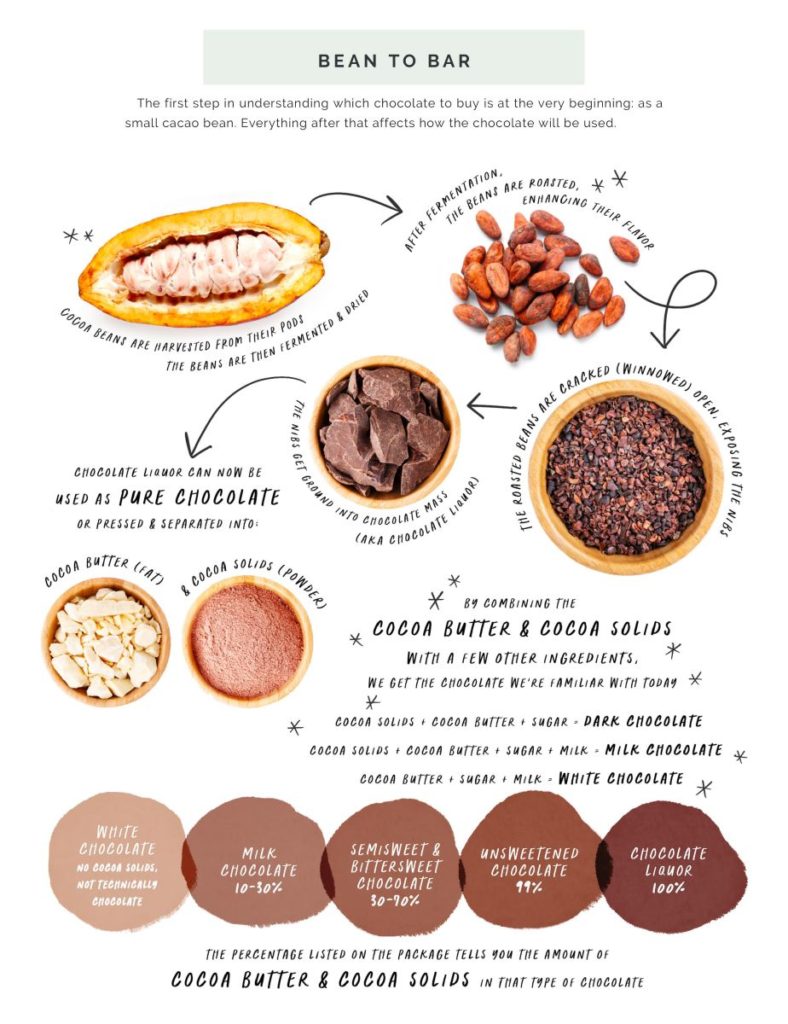
Buying Chocolate
The difference between Chips, Wafers and Bars.
Compound vs Couverture
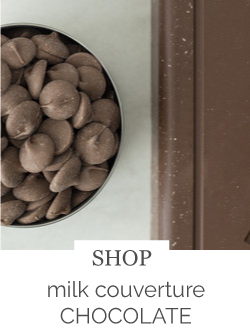
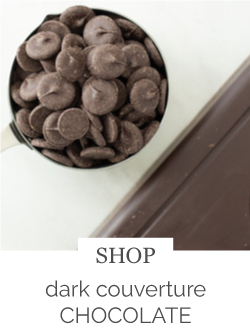
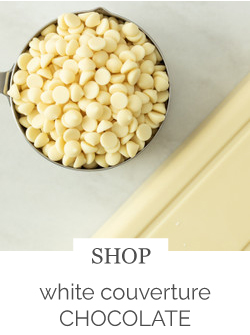
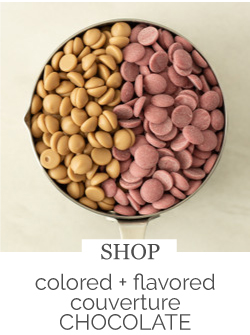
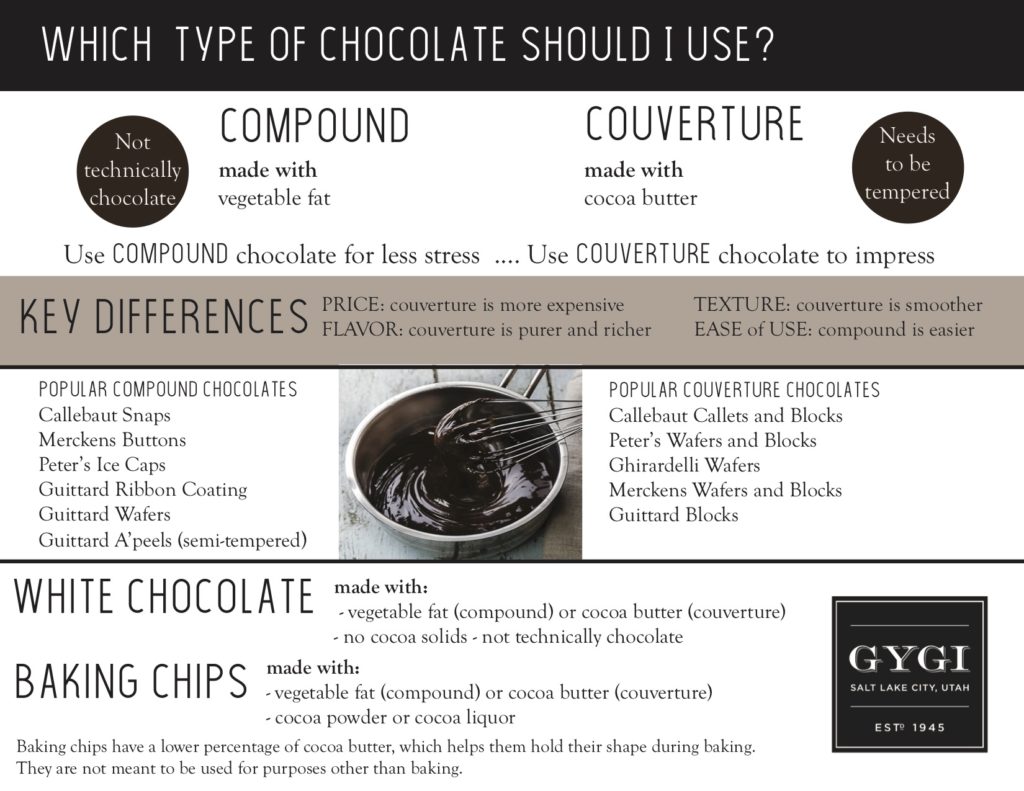
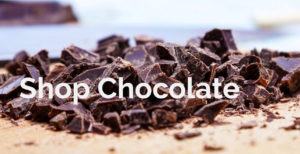
Using your Chocolate
Melting
Tempering
Molding
Coloring Chocolate
Flavoring Chocolate
Baking with Chocolate
Storing Chocolate
Troubleshooting
Problem: Chocolate Bloom
Problem: Seized Chocolate
Problem: Burnt Chocolate
Recipes
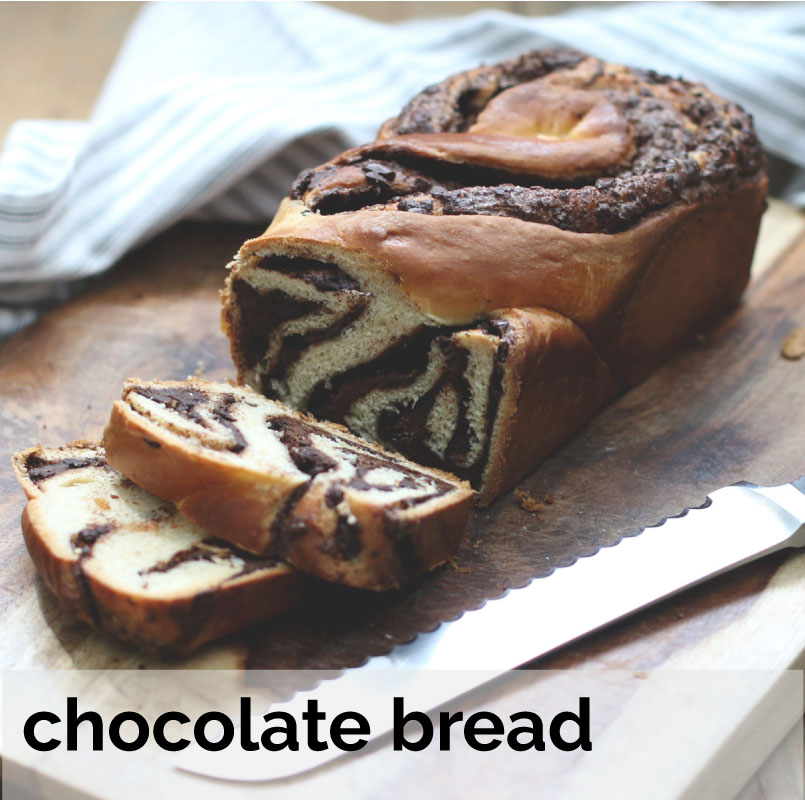
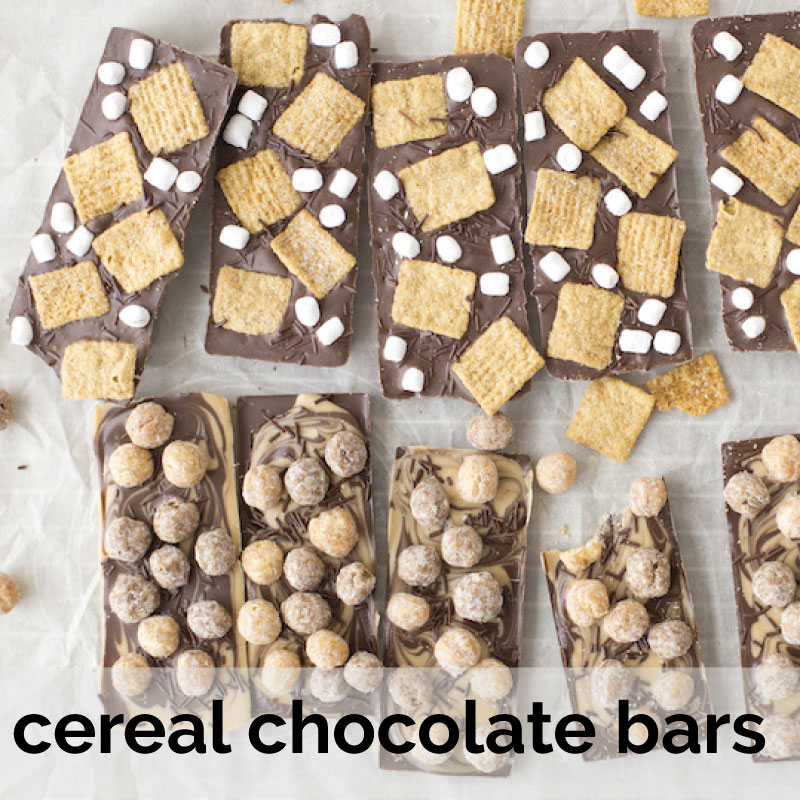
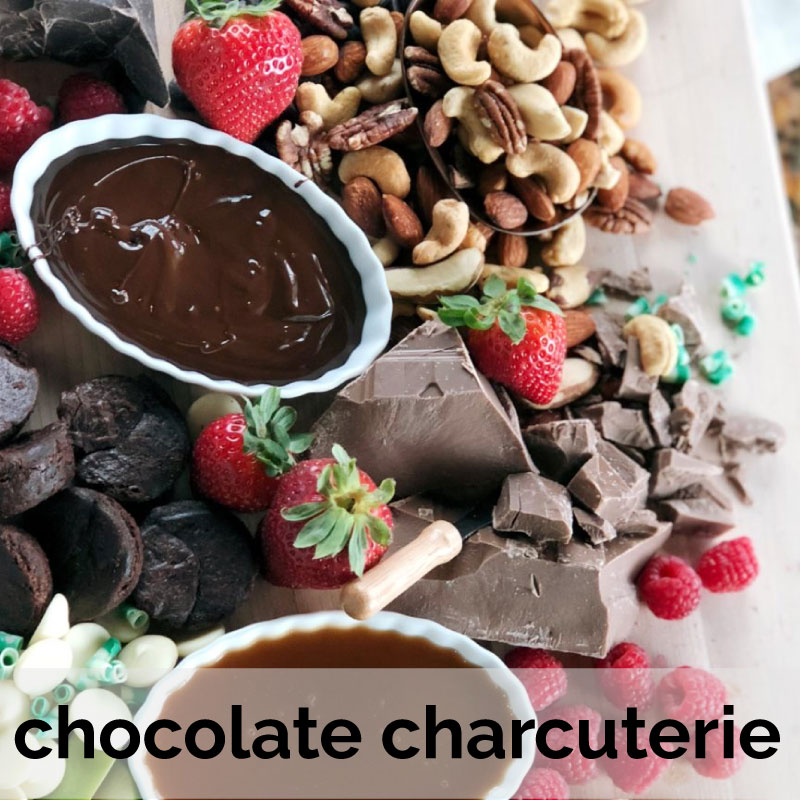
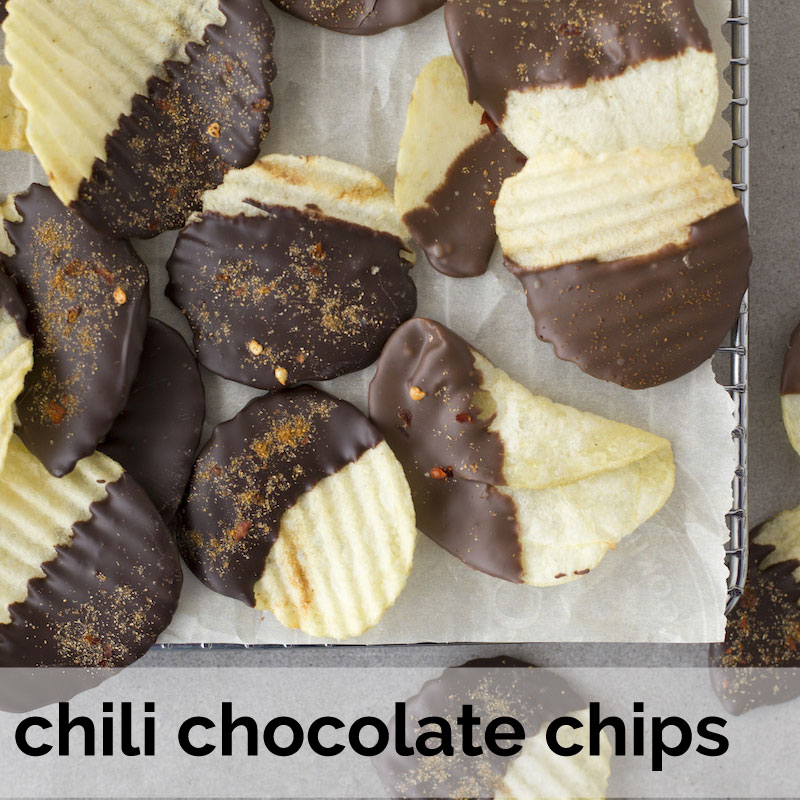
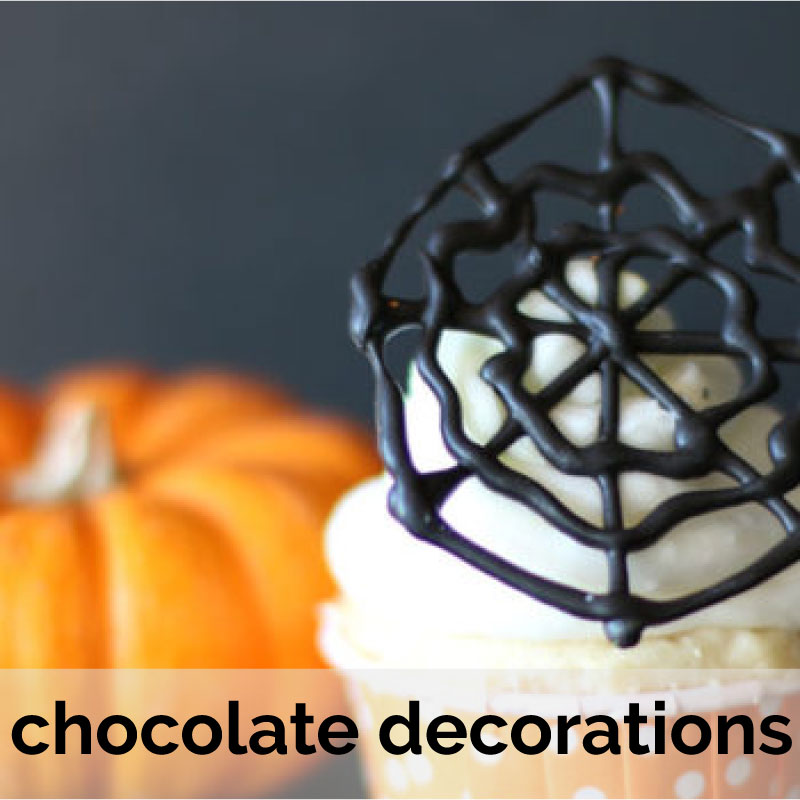
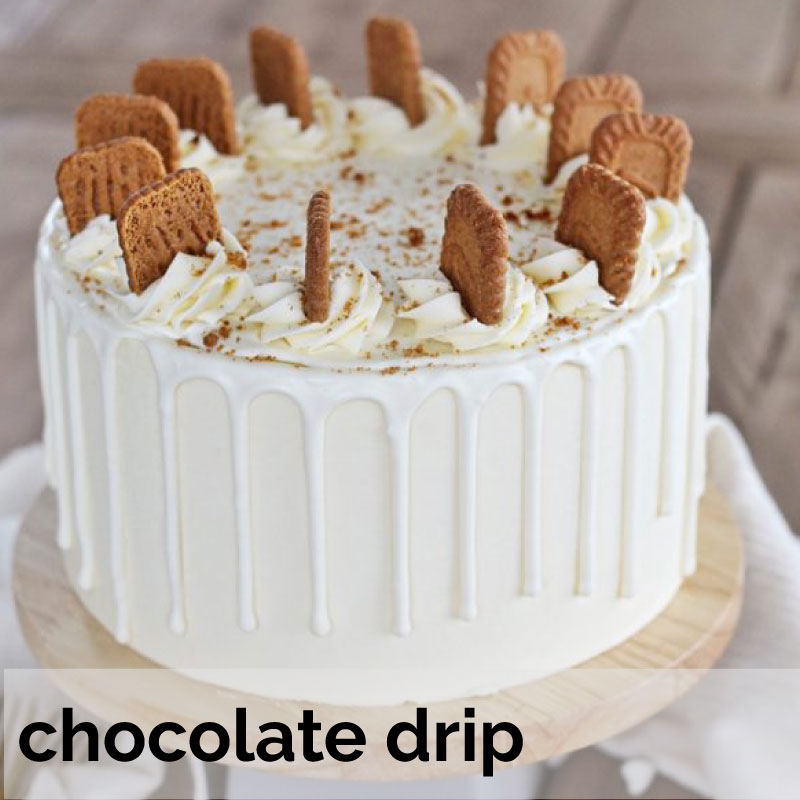
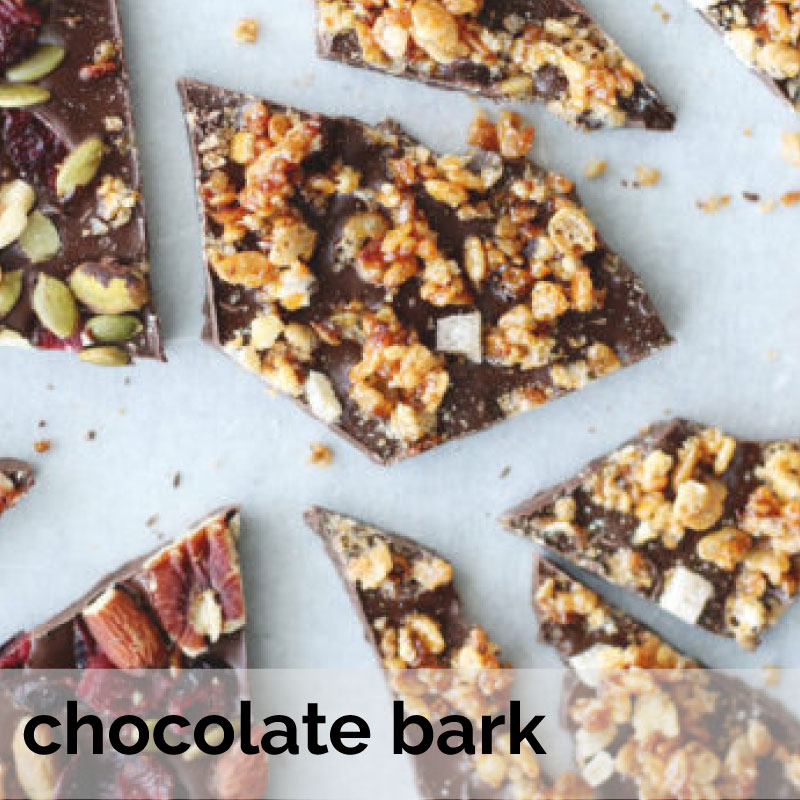
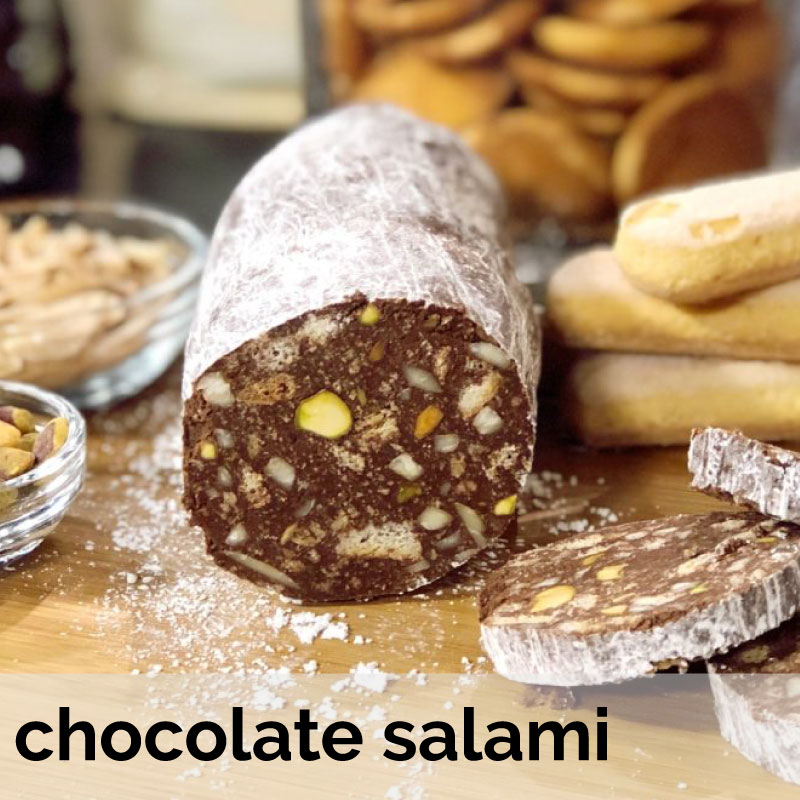
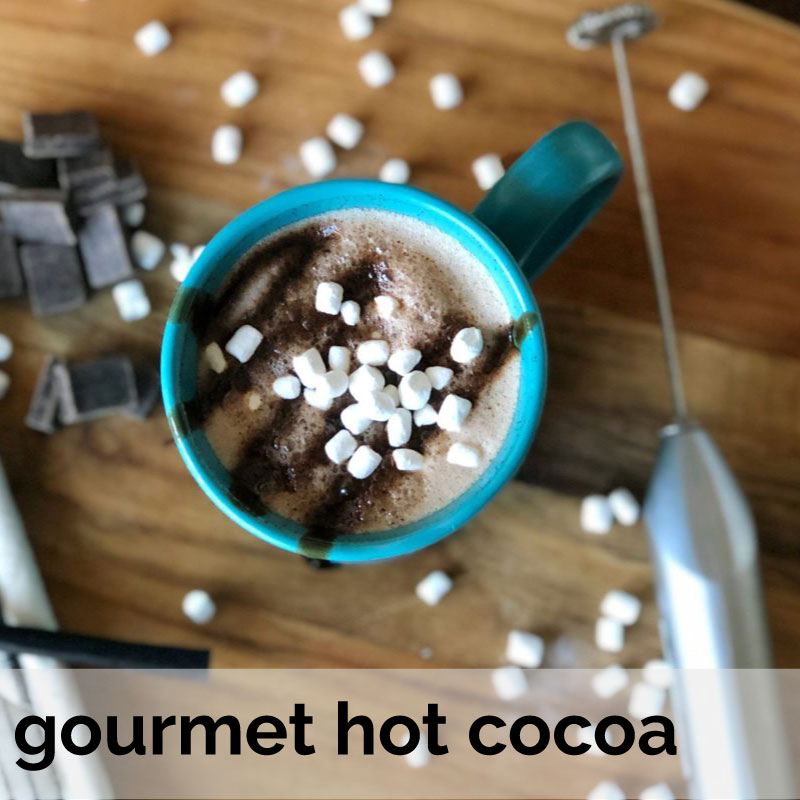
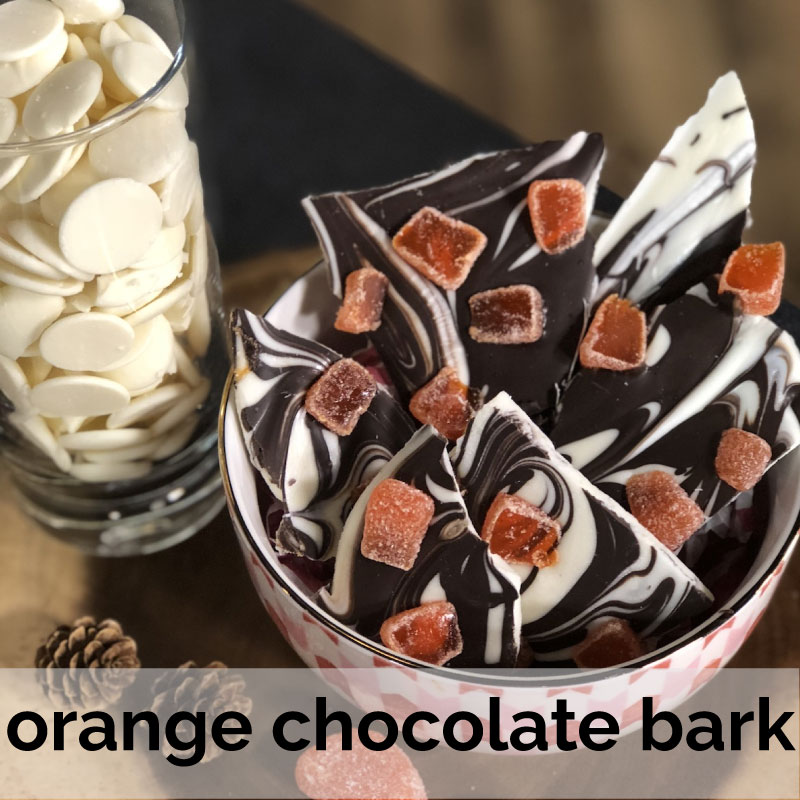
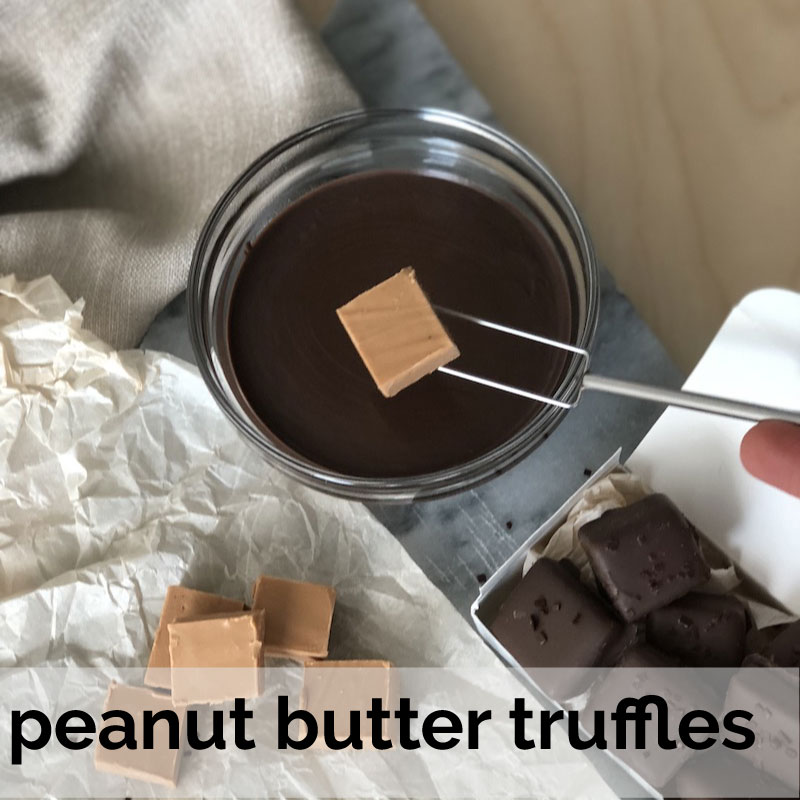
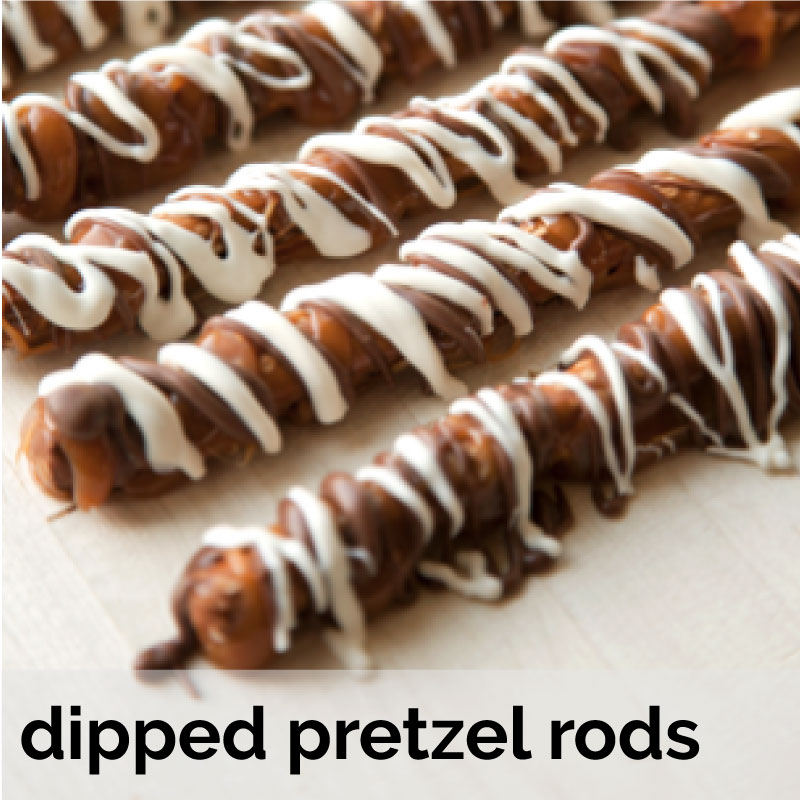
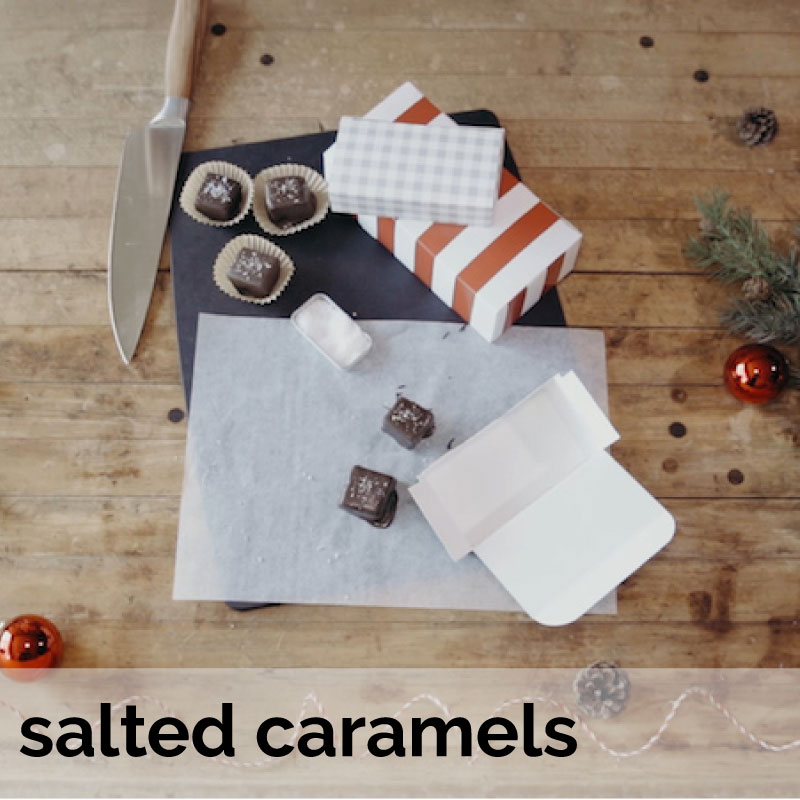
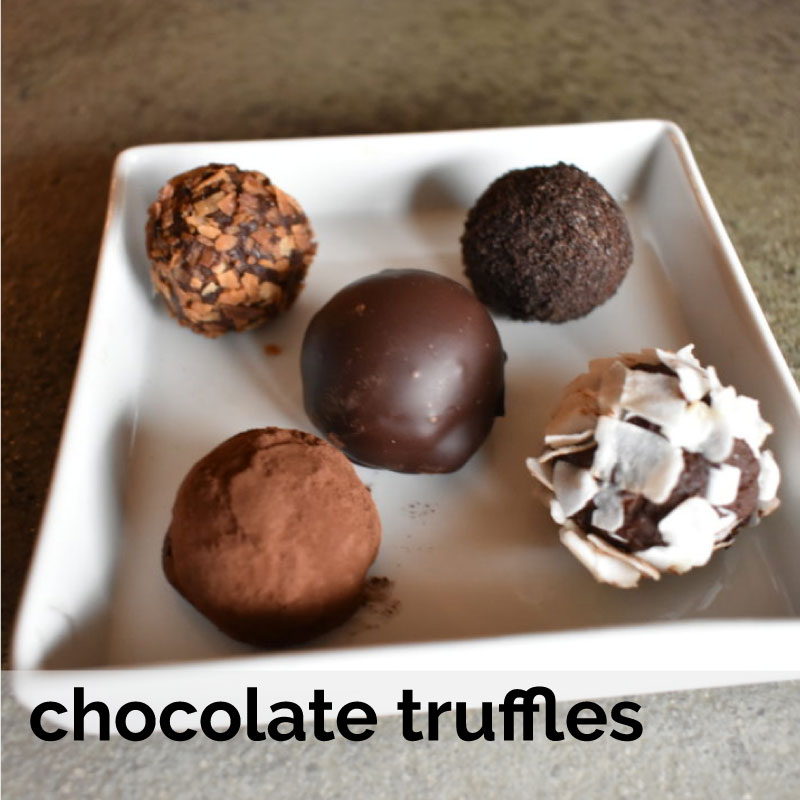
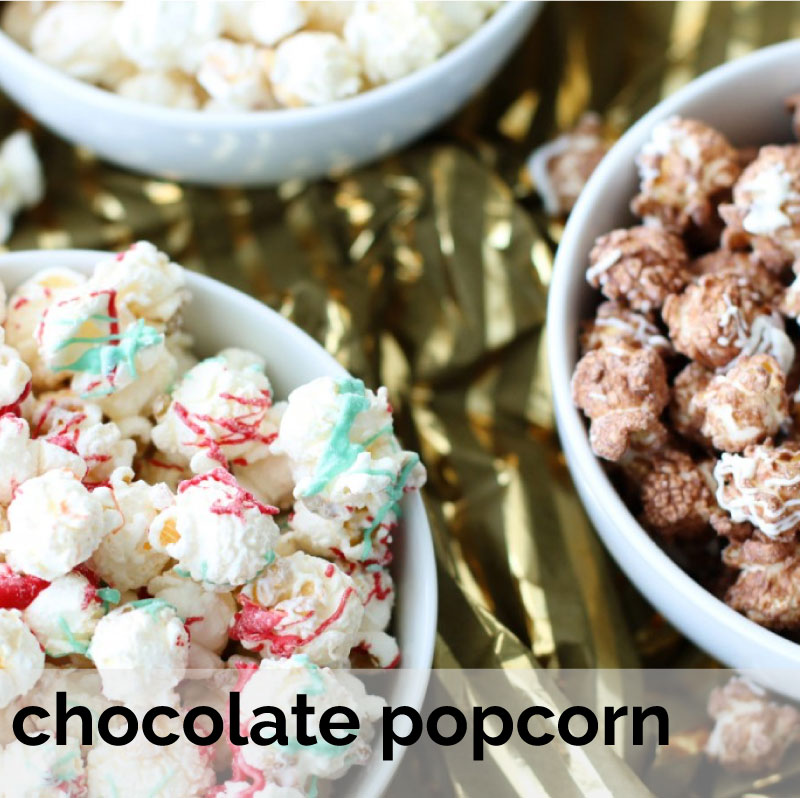
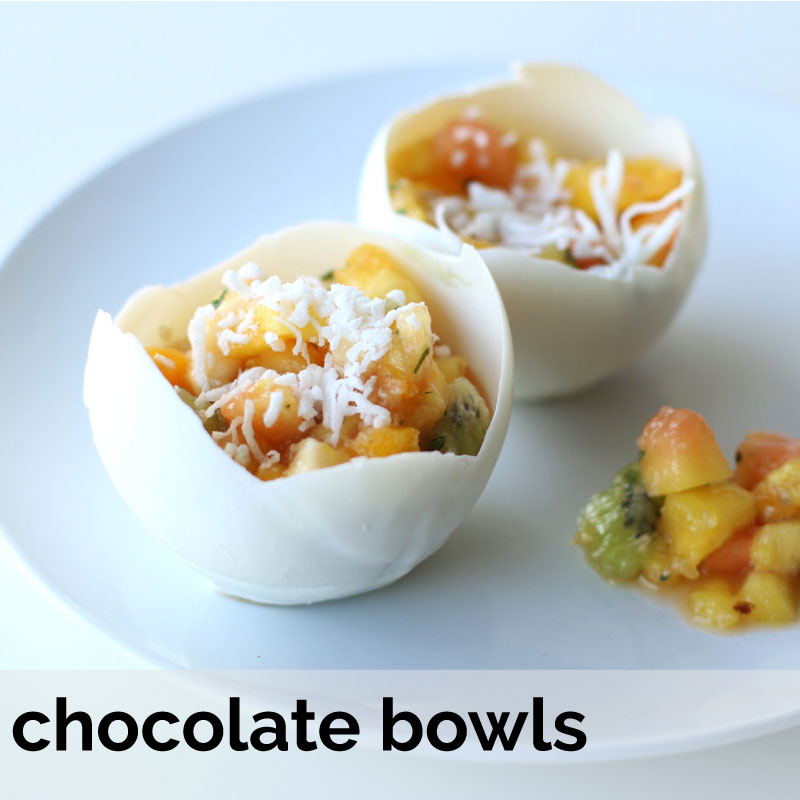
FAQ
The pressure of the gas
piston through the connecting rod to the crankshaft, realize the change from
heat energy to mechanical energy.
The work condition is very bad, and the
temperature of 1400-1800 DEG C, and pressure
Up to 13MPa above the gas
contact, greatly alternating thermal stress and mechanical stress.
And by the
serious corrosion of gas, and under the condition of boundary lubrication and
cylinder wall friction and strong impact 1 times.
The piston in high
temperature, high pressure, strong corrosive gas contact so that it has enough
strength and hardness,
Heat resistance and good thermal resistance, high
fatigue strength and corrosion resistance. For high speed diesel Engine Piston
also requires light as far as possible.
In order to reduce the inertia
force.
Marine piston large low speed diesel engine of the crosshead is
usually combined.
The heat treatment process by normalizing and annealing,
and iron pearlite are ferrite organization, has good heat resistance.
Piston
alloy quenched and tempered steel has better heat resistance and corrosion
resistance. The skirt with nodular cast iron annealing treatment, with good wear
resistance.